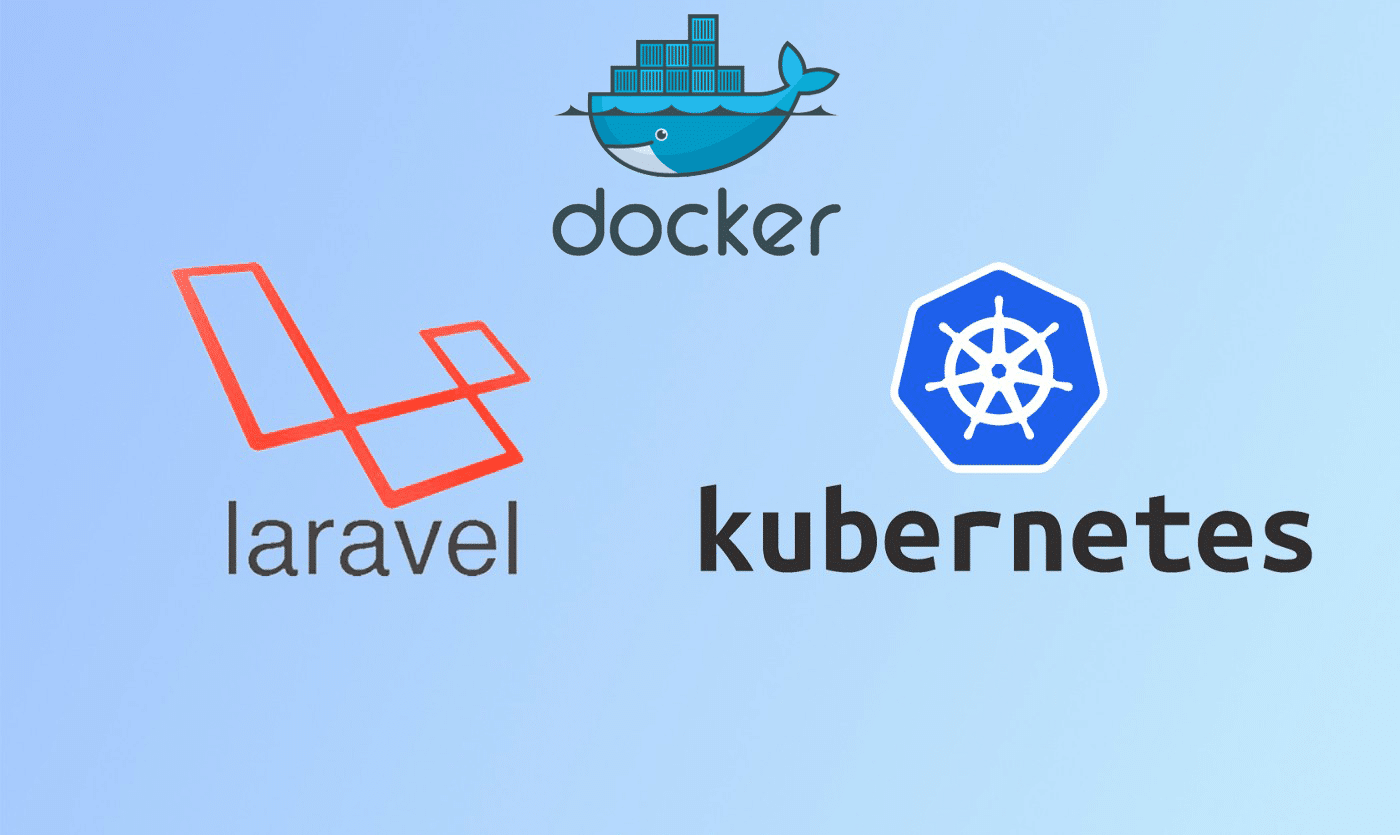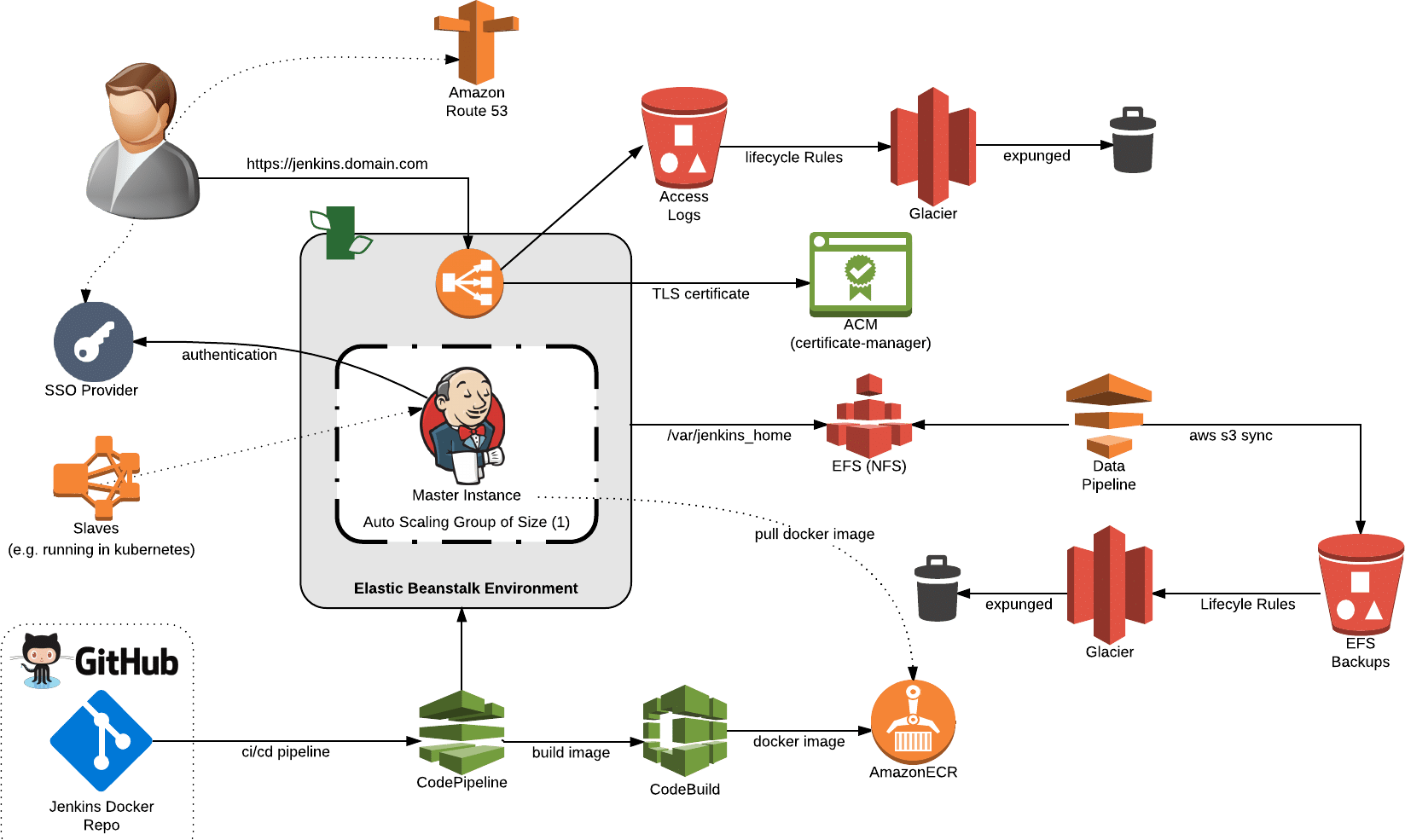13 Feb

Introduction
Docker and Kubernetes are two popular technologies that are widely used in the field of software development and deployment. While both are essential tools for managing and deploying applications, they have different functions and use cases.
Docker is a platform for developers to build, package, and deploy applications as containers. A container is a standalone executable package that includes everything needed to run a piece of software, including code, runtime, system tools, libraries, and settings. Containers are isolated from each other, ensuring that applications run consistently across different environments. This makes it easy for developers to move their applications between development, testing, and production environments, without worrying about compatibility issues.
Kubernetes, on the other hand, is an open-source platform for automating the deployment, scaling, and management of containerized applications. It provides a unified interface for managing containers, and it enables the deployment and scaling of containers across multiple hosts. Kubernetes helps automate many of the manual processes involved in deploying and managing applications, such as rolling updates, rollbacks, and self-healing. It also provides features for load balancing, network segmentation, and storage management, making it an essential tool for running large, complex applications at scale.
Laravel Docker
Laravel, a popular PHP framework, can be easily implemented with Docker to provide a consistent and reproducible development environment. The following steps outline the basic process for setting up a Laravel application with Docker:
- Create a Dockerfile: The Dockerfile is a script that defines the image for your Laravel application. It specifies the base image, such as PHP, the dependencies required for Laravel, and the commands to copy your application code into the container.
- Build the Docker Image: Once you have created the Dockerfile, you can use the “docker build” command to create a Docker image. The image will contain all the dependencies and the Laravel application code.
- Run the Docker Container: After building the Docker image, you can use the “docker run” command to start a Docker container based on the image. This will launch a new instance of your Laravel application, which can be accessed through the host machine.
- Mount the Code Volume: To make it easy to develop your Laravel application, you can mount the code volume to the host machine. This will allow you to make changes to the application code on your host machine, and the changes will automatically be reflected in the container.
- Connect to the Database: If your Laravel application requires a database, you will need to run a separate container for the database and connect to it from the Laravel container. This can be done using the “–link” option when starting the Laravel container.
With these steps, you can easily set up a Laravel application with Docker, providing a consistent and reproducible development environment. Additionally, using Docker in this way can make it easier to deploy your application to production, as all dependencies and configurations can be contained within the Docker image.
Laravel on Kubernetes
Laravel can be deployed to Kubernetes to provide a scalable and highly available production environment. The following steps outline the basic process for deploying a Laravel application to Kubernetes:
- Containerize the Laravel Application: First, you’ll need to create a Docker image of your Laravel application. This image will include all the dependencies and the Laravel application code.
- Create a Kubernetes Cluster: Next, you’ll need to set up a Kubernetes cluster. This can be done using cloud services such as Google Kubernetes Engine (GKE), Amazon Elastic Container Service for Kubernetes (EKS), or an on-premise solution such as OpenShift.
- Create a Deployment: Once you have a Kubernetes cluster, you can create a deployment that manages the replicas of your Laravel application. The deployment defines the number of replicas, the update strategy, and the resource requirements for the containers.
- Create a Service: To expose your Laravel application to the network, you’ll need to create a service. The service defines the type of access (ClusterIP, NodePort, LoadBalancer) and the port mapping for the containers.
- Connect to a Database: If your Laravel application requires a database, you can deploy a database service, such as MySQL or PostgreSQL, to your Kubernetes cluster. The Laravel application can then connect to the database service using environment variables or a Kubernetes ConfigMap.
- Monitor and Manage the Deployment: Finally, you’ll need to monitor and manage your Laravel deployment on Kubernetes. This includes scaling the replicas, rolling out updates, and troubleshooting issues.
With these steps, you can deploy a Laravel application to Kubernetes, providing a scalable and highly available production environment. Kubernetes provides a unified interface for deploying and managing containers, making it an essential tool for running modern applications at scale.
Conclusion
In conclusion, both Docker and Kubernetes play a crucial role in the development and deployment of modern applications. Docker provides a platform for building and packaging applications as containers, while Kubernetes automates the deployment and management of those containers in production environments. While both technologies are often used together, they have distinct use cases, and choosing between them will depend on the specific needs of the project.



